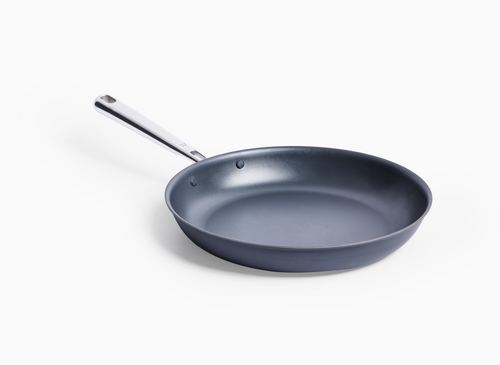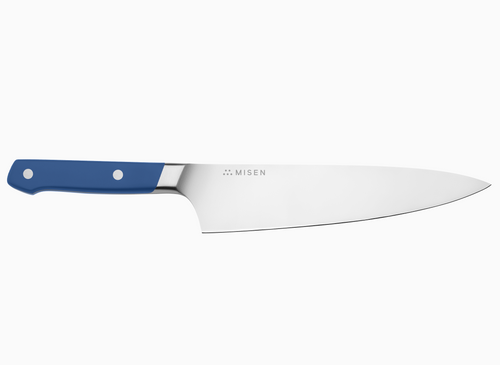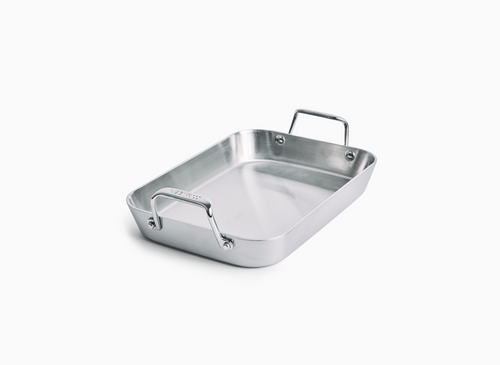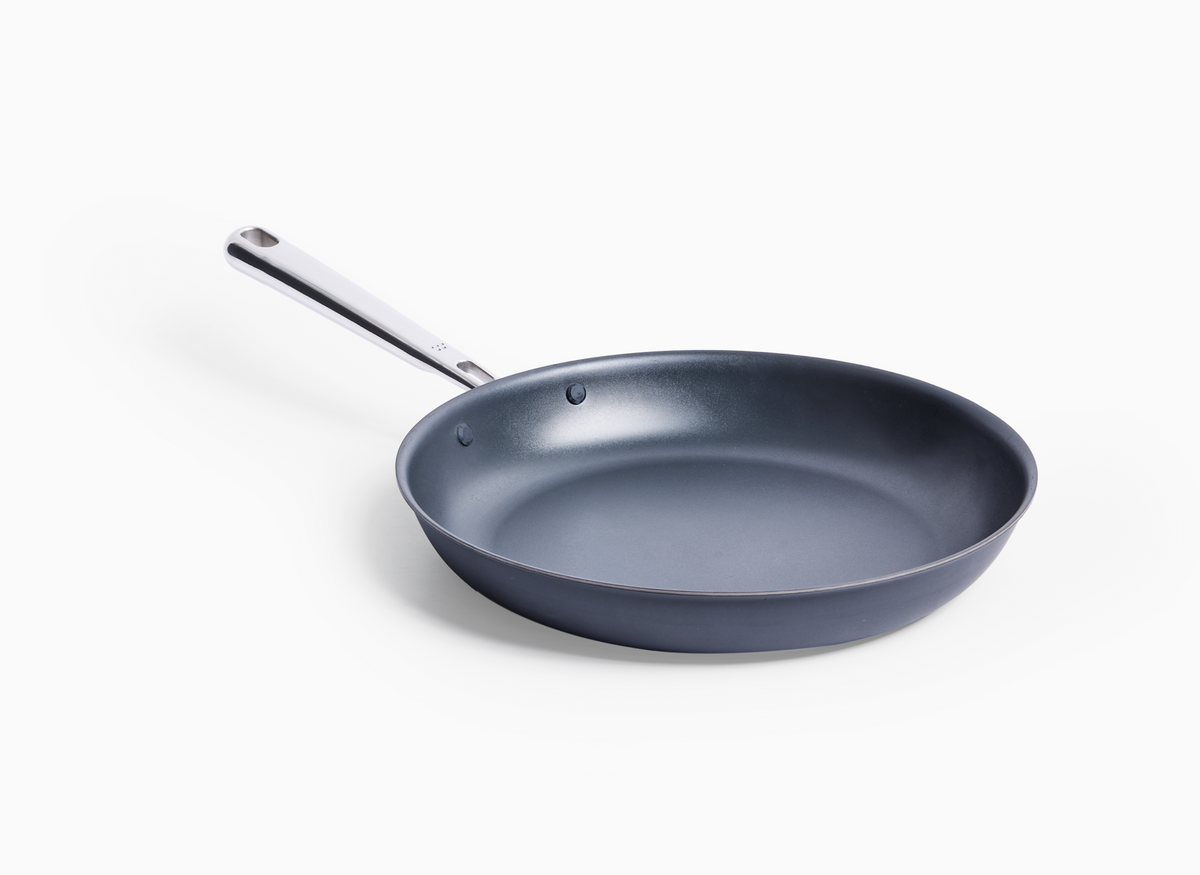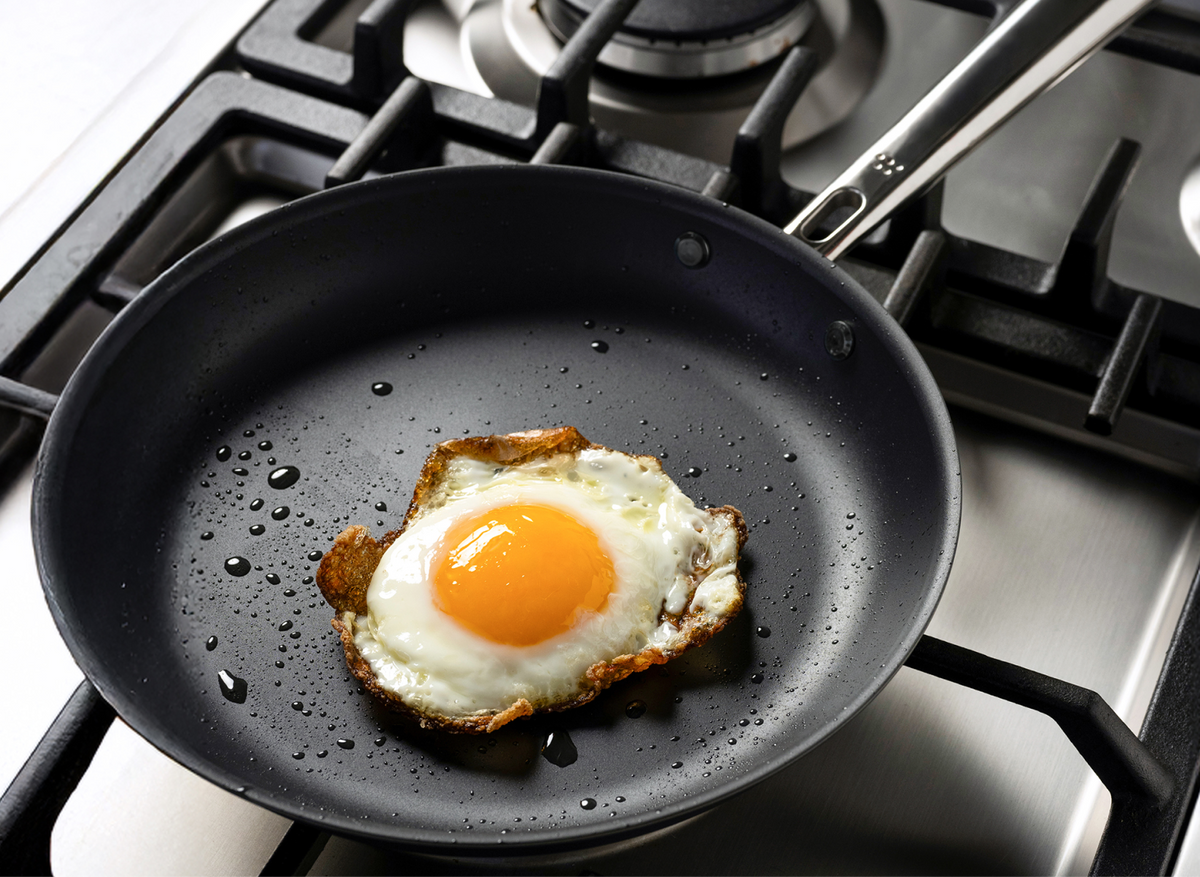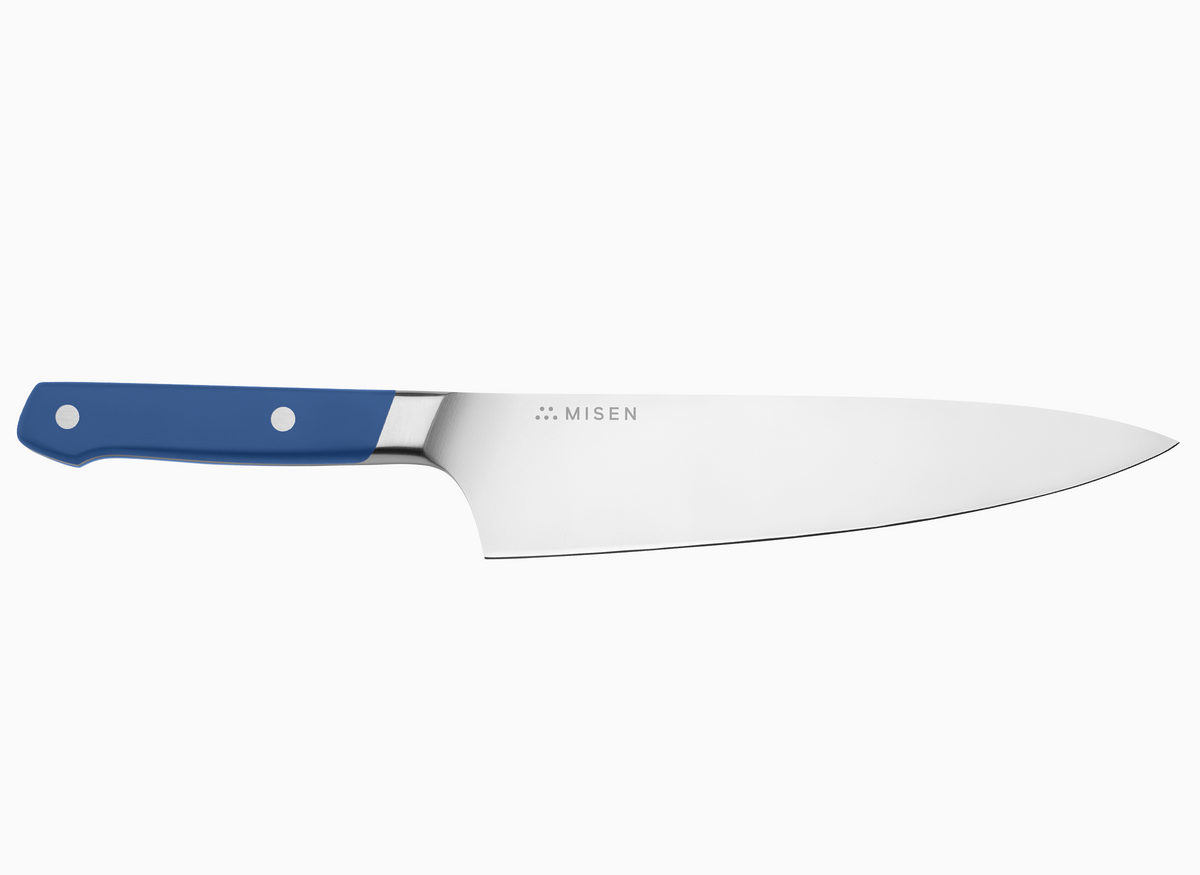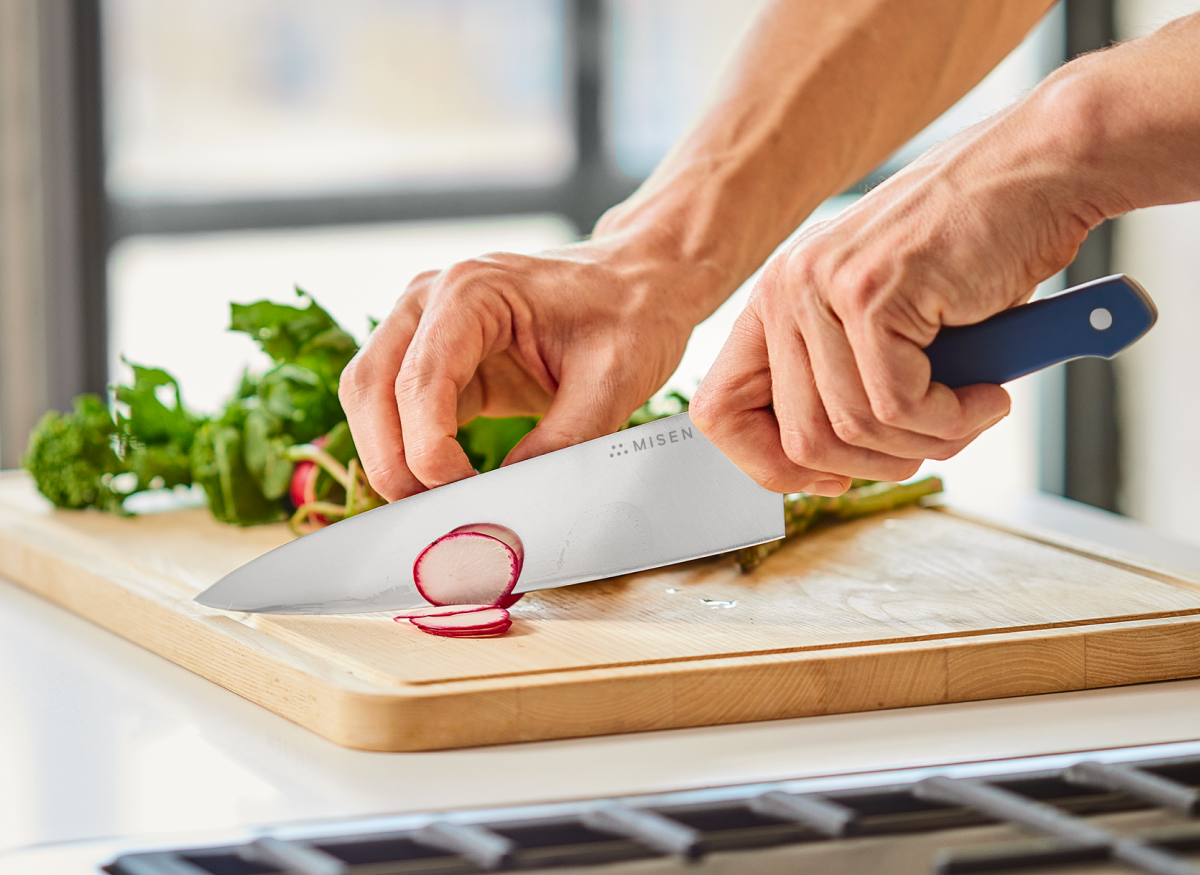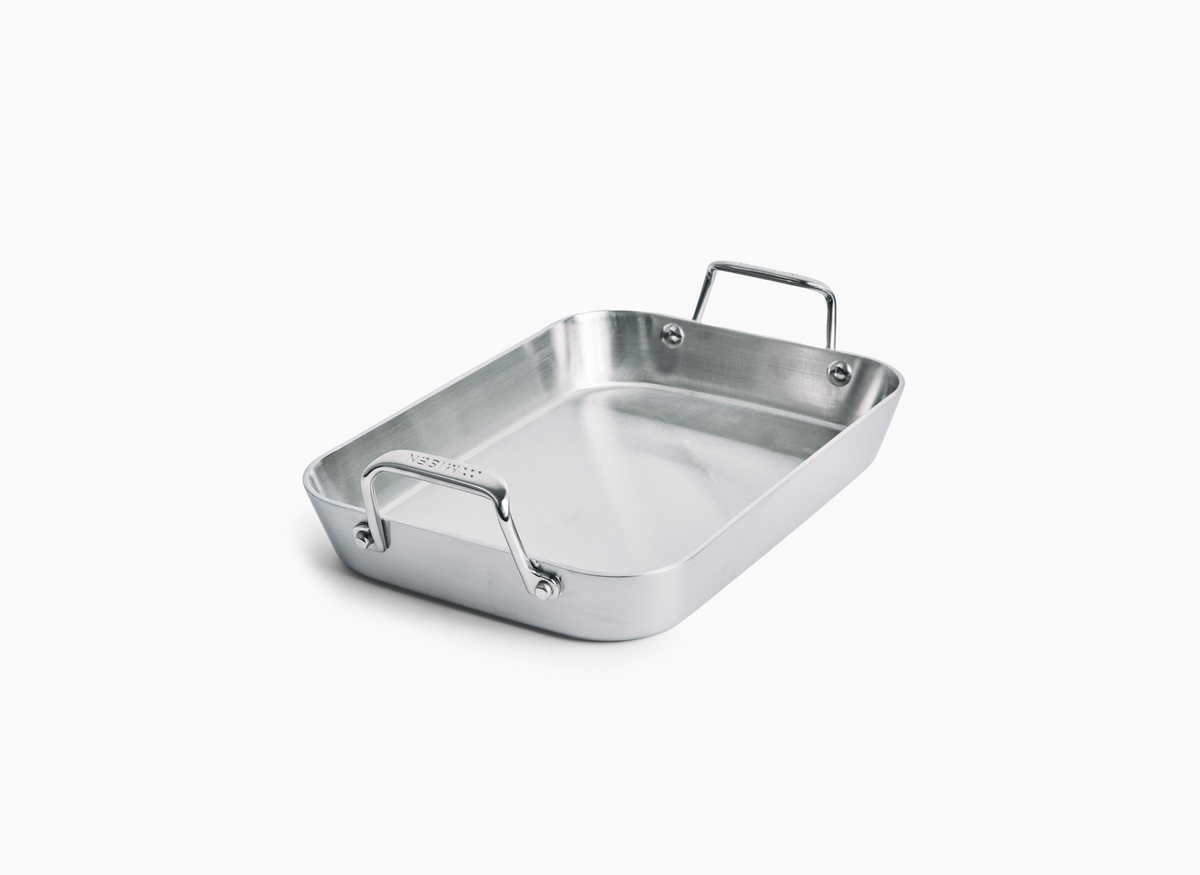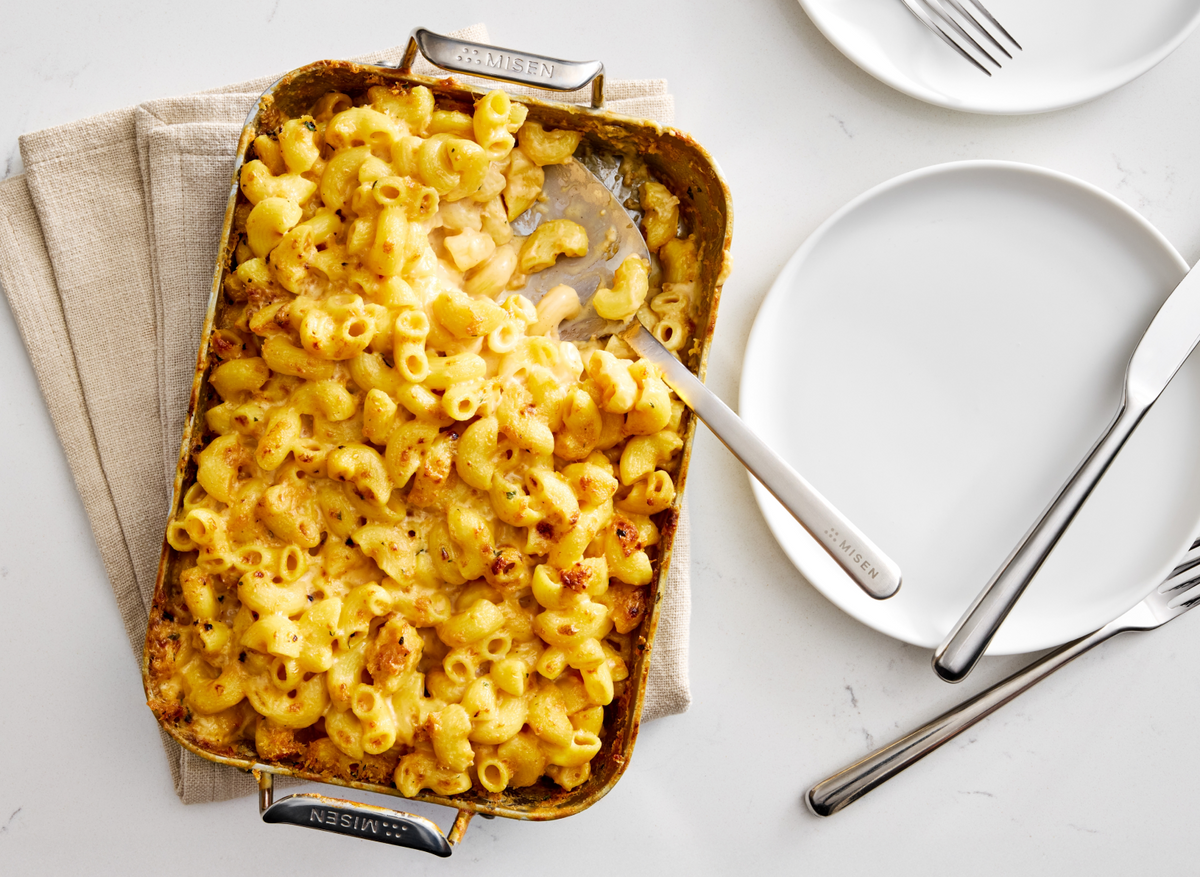Chiffonade Herbs Technique: Mastering Consistent, Even Slices
Chiffonade Herbs Technique: Mastering Consistent, Even Slices

The chiffonade technique transforms herbs and leafy greens into elegant, thin ribbons that elevate dishes visually and enhance flavor distribution. This guide explores the proper tools, methods, and applications for mastering this classic French cutting style.
Understanding the Chiffonade Technique
Precise slicing transforms fresh herbs into elegant, uniform ribbons that enhance every dish.
Defining Chiffonade: 'Little Ribbons' in Modern Cooking
Chiffonade, pronounced 'shif-oh-NOD,' translates to "little ribbons" in culinary parlance. This classic French cutting technique creates uniform strips typically 1/16 to 1/8 inch wide, allowing for even distribution of herbs and greens throughout dishes[1]. By stacking leaves, rolling them tightly, and slicing perpendicular to the roll, chefs transform pliable ingredients into refined, visually appealing strips that maximize flavor release while creating an elegant presentation[2].
When to Use Chiffonade vs. Other Herb Cutting Methods
The chiffonade technique serves a specific purpose that other herb cutting methods can't match. For herbs that need to be minced into fine bits to permeate a dish, a mincing technique using an up-and-down rocking motion is more appropriate[3]. Choose chiffonade when working with broad‐leafed herbs and greens that can be stacked and rolled, particularly when presentation matters. This method is ideal for creating delicate strips perfect for garnishing and incorporating into salads, while mincing creates tiny pieces that dissolve into the dish for flavor infusion[4].
The Culinary Benefits of Properly Chiffonaded Herbs
Properly chiffonaded herbs deliver both visual appeal and enhanced flavor impact. The thin, uniform ribbons release more aromatic enzymes compared to whole or coarsely chopped leaves, intensifying the herbs' natural flavors throughout dishes[5]. This cutting technique serves multiple practical purposes:
- It tenderizes leafy greens by breaking down tough fibers
- Enables faster and more even cooking due to the consistent small size
- Allows herbs to distribute uniformly when incorporated into recipes
Beyond function, chiffonade transforms ordinary herbs into elegant garnishes that elevate presentation. The delicate strips can be laced through soups, folded into grain dishes, or scattered across salads for professional‐looking results[6].
Essential Equipment for Perfect Chiffonade
Sharp blades and quality tools ensure your chiffonade turns into picture‐perfect ribbons.
Selecting the Ideal Knife: Sharpness Over Size
The key to achieving perfect chiffonade lies more in knife sharpness than size or type. A dull blade will tear and bruise delicate herbs rather than creating the clean, uniform ribbons essential for this technique[7]. For traditional knife‐based chiffonade, the cutting motion should utilize the full length of the blade, starting at the heel and pulling back in a smooth slicing motion rather than chopping straight down[8].
A high‐quality chef's knife is an excellent choice for chiffonade, offering the sharpness and precision needed for clean, consistent cuts.
Cutting Surface Considerations for Clean Cuts
Your cutting surface significantly impacts the quality and safety of chiffonade cuts. A stable, non‐slip board prevents shifting during delicate cuts while protecting both your knife edge and fingers. Wood or bamboo boards provide optimal grip to hold leaves in place without dulling blades[9]. Choose a board at least 12 inches wide to accommodate proper leaf stacking and rolling techniques[10].
Optional Tools That Can Improve Consistency
While mastering chiffonade primarily depends on technique, several supplementary tools can help achieve more consistent results:
- A salad spinner proves essential for thoroughly drying herbs and leafy greens before cutting, preventing leaves from sticking together and ensuring clean cuts
- Small kitchen scissors offer a quick alternative for creating herb ribbons when working with smaller quantities
- A bench scraper helps transfer delicate strips from cutting board to plate without crushing them[11]
Setting Up Your Workspace for Efficiency and Precision
An efficient chiffonade workspace starts with proper knife grip and positioning. Create a clear workspace by transferring cut herbs to bowls as you work to maintain board space for proper leaf stacking and rolling. Arrange your tools within easy reach, with your knife and cutting board centered in your workspace, herbs positioned to your dominant side for easy transfer to the board, and a collection bowl on your non‐dominant side to receive the finished ribbons[12].
Mastering the Basic Chiffonade Method
A steady roll‐and‐slice unlocks the secret behind consistently uniform herb ribbons.
Preparing Your Herbs: Washing, Drying, and Stem Removal
Proper herb preparation starts with thorough washing and drying to prevent bruising during cutting. Use a salad spinner to completely dry herbs – wet leaves stick together and are harder to cut cleanly. Remove leaves from their stems before beginning the chiffonade process. For best results, only prepare herbs immediately before using them in your dish, since cut herbs can quickly wilt and brown when prepared too far in advance[13].
The Stack-and-Roll Technique: Creating the Foundation
- Stack 3-4 large leaves or 4-6 small leaves directly on top of each other on your cutting board
- Starting from one of the long sides, roll the leaves tightly into a cylinder shape, similar to rolling a cigar
- Tuck in both the top and bottom ends to create a firm, solid mass[14]
Executing the Forward Slicing Motion for Clean Cuts
- Hold your knife with a firm grip and use a rocking motion from the tip to the heel of the blade
- Secure the rolled herbs with your guide hand in the 'claw' position
- Keep your fingers curled underneath your knuckles, using them to gradually push the herbs toward the knife as you slice
- Make very thin, uniform slices perpendicular to the rolled bundle, allowing your knuckles to guide the knife's path[15]
Visual Guide to Achieving Uniform Thickness
- Use your knife's middle knuckle as a width guide to maintain consistent slice sizes
- Focus on a smooth rocking motion from tip to heel while using your guide hand's knuckles to steadily advance the roll
- If strips appear crushed or uneven, adjust your blade angle to ensure clean, even cuts[16]
For optimal results, transfer cut ribbons to a separate bowl as you work to maintain clear visibility of your cutting surface and prevent overcrowding.
Advanced Techniques for Different Herb Types
Tailor your slicing method to the unique textures of different herbs for breathtaking results.
Working with Delicate Herbs Like Basil and Mint
- For herbs with thick central stems, stack several leaves and fold them over to secure them before cutting from each side
- Always use bright, firm leaves with no browning
- Make clean, precise cuts without rushing
- Only process the amount needed immediately to prevent wilting[17]
Handling Herbs with Tough Center Stems
- Stack several leaves together and fold them over to keep them in place
- Make cuts from one side, stopping before the central stem
- Flip and repeat on the other side, discarding the tough stem[18]
Adapting Your Technique for Different Leaf Sizes and Textures
- For delicate herbs, use quick, decisive strokes and gentle handling
- For heartier greens, opt for slightly wider cuts to preserve structure
- Adjust roll tightness based on leaf thickness to prevent crushing[19]
Batch Processing Methods for Cooking in Quantity
- Submerge herbs in cold water and agitate to clean thoroughly
- Dry completely using a salad spinner
- Stack, roll, and store in freezer bags with air removed
- Work in small batches to maintain quality[20]
Troubleshooting Common Chiffonade Challenges
Overcoming common knife challenges results in perfectly even, delicate ribbons.
Preventing Oxidation and Discoloration in Cut Herbs
- Use proper slicing technique to minimize exposed surface area
- Place cut ribbons in a dry bowl and cover with a damp paper towel
- Lightly coat leaves with oil to seal edges from air exposure
- Cut only what is needed immediately to reduce browning[21]
Solutions for Bruising and Crushing Delicate Leaves
- Employ quick, decisive knife strokes with a gentle touch
- Allow the knife's weight to guide the cut rather than using force
- Adjust roll tightness appropriately for delicate herbs[22]
Fixing Uneven or Inconsistent Slices
Maintain a consistent blade angle and use your knuckles as a guide for steady, even slicing[23].
Practice Exercises to Build Muscle Memory and Consistency
- Practice the stack‐and‐roll motion with a small batch of herbs
- Focus on maintaining consistent 45‑degree angles during slicing
- Evaluate the uniformity of the ribbons and adjust technique as needed[24]
Creative Applications for Chiffonaded Herbs
Innovative uses for herb ribbons can elevate your culinary presentation to new heights.
Beyond Garnish: Integrating Herb Ribbons Into Dishes
- Lace ribbons through soups for a delicate visual effect
- Fold them into grain dishes for added texture
- Toss them in salads for an elegant presentation
- Use them as a garnish to embellish casseroles or vegetable mashes[25]
Pairing Suggestions: Which Herbs Work Best with Different Cuisines
- Mediterranean and Italian: Broad‐leaf basil offers intense aromatic flavor
- Middle Eastern and Asian: Mint ribbons add a refreshing note
- French: Sage and delicate herbs bring refined elegance[26]
Presentation Techniques That Showcase Your Knife Skills
Artfully arranging herb ribbons using strategic negative space and balanced placement can transform your plate into a visual masterpiece[27].
Proper Storage Methods to Preserve Freshness and Appearance
- Rinse and thoroughly dry herbs using a salad spinner
- For hardy herbs, arrange in a single layer on damp paper towels and store in a sealed bag
- For delicate herbs, store upright in a jar with minimal water[28]
- The chiffonade technique creates uniform herb ribbons that enhance both flavor and visual appeal.
- Sharp, well‐maintained knives and proper techniques are essential for successful chiffonade.
- Proper herb preparation and rolling methods ensure consistent, refined cuts.
- Adapting slicing techniques to the specific herb types enhances texture and presentation.
- Overcoming common slicing challenges leads to flawless, delicate ribbons.
- Herb ribbons offer versatile, creative applications in various dishes.
- https://www.masterclass.com/articles/how-to-chiffonade
- https://misen.com/blogs/news/chiffonade-cut-definition-master-the-art-of-fine-slicing
- https://www.forksoverknives.com/how-tos/knife-skills-cutting-technique/
- https://www.escoffier.edu/blog/culinary-arts/8-knife-cuts-every-professional-cook-should-know/
- https://www.forksoverknives.com/how-tos/how-to-chiffonade/
- https://www.forksoverknives.com/how-tos/how-to-chiffonade/
- https://www.forksoverknives.com/how-tos/knife-skills-cutting-technique/
- https://www.escoffier.edu/blog/culinary-arts/8-knife-cuts-every-professional-cook-should-know/
- https://www.goodlifeeats.com/kitchen-tip-how-to-quickly-chiffonade-herbs/
- https://www.miascucina.com/how-to-chiffonade-basil/
- https://www.goodlifeeats.com/kitchen-tip-how-to-quickly-chiffonade-herbs/
- https://www.forksoverknives.com/how-tos/how-to-chiffonade/
- https://www.goodlifeeats.com/kitchen-tip-how-to-quickly-chiffonade-herbs/
- https://www.wikihow.com/Chiffonade
- https://www.bettycrocker.com/how-to/tipslibrary/tools-equipment/how-to-chiffonade
- https://www.forksoverknives.com/how-tos/how-to-chiffonade/
- https://www.seriouseats.com/knife-kills-how-to-chiffonade-mint-and-other-leafy-herbs
- https://www.seriouseats.com/knife-kills-how-to-chiffonade-mint-and-other-leafy-herbs
- https://www.forksoverknives.com/how-tos/how-to-chiffonade/
- https://simplebites.net/back-to-cooking-school-working-with-fresh-herbs/
- https://fivelittlechefs.com/recipe/ms-cooking-school/chiffonade-basil.html
- https://www.forksoverknives.com/how-tos/how-to-chiffonade/
- https://www.forksoverknives.com/how-tos/how-to-chiffonade/
- https://www.forksoverknives.com/how-tos/how-to-chiffonade/
- https://www.forksoverknives.com/how-tos/how-to-chiffonade/
- https://www.tastingtable.com/1109570/the-ideal-type-of-herbs-to-chiffonade/
- https://www.theculinarypro.com/plate-presentations
- https://www.seriouseats.com/the-best-way-to-store-fresh-herbs-parsley-cilantro-dill-basil
